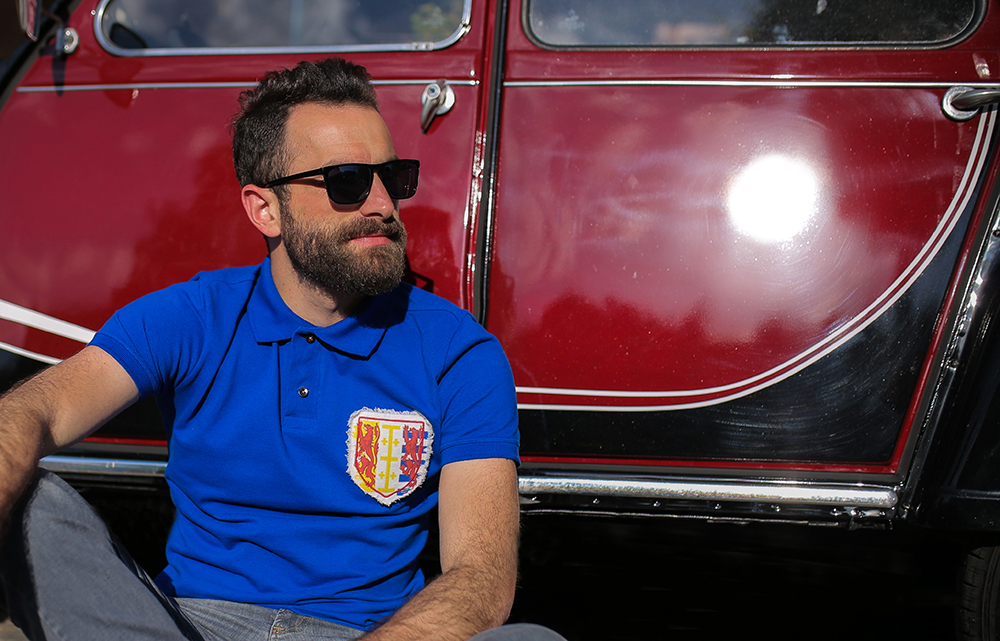“… in olden times
when the princes and armies of Christendom went to the conquest of the Holy Land, no nation and no
people helped them with men, horses,
provisions and counsel, with more readiness and zeal than the Armenians…” Pope Gregory XIII, Bull ‘Ecclesia Romana’,
1384
The Armenian Kingdom
of Cilicia, also known as the Cilician Armenia or Minor Armenia, was an
independent principality founded in High Middle Ages (1080) outside the
Armenian Highland and distinct from the Armenian Kingdom of antiquity, located
northwest of the Gulf of Alexandretta (Mediterranean Sea).
Cilicia was a strong
ally of the European Crusaders, and saw itself as a bastion of Christendom in
the East. It also served as a focus for Armenian nationalism and culture, since
Armenia proper was under foreign occupation at the time.
Commercial and
military interactions with Europeans brought new Western influences to the
Cilician Armenian society. Many aspects of Western European life were adopted
by the nobility including chivalry, fashions in clothing, and the use of French
titles, names, and language. The European Crusaders themselves borrowed
know-how, such as elements of Armenian castle-building and church architecture.
After relentless
attacks by the Mamluks in the fourteenth century, the Cilician Armenia finally
fell in 1375.
Last King of Cilicia,
Levon V (Leon de Lusignan), was kept in Cairo until in 1382 King of Castile
Juan I payed ransom for him and afterwards granted him for life the towns of
Madrid, Andújar, Guadalajara and Villareal (today Ciudad Real). After the death
of his protector Leon moved to Paris and attempted to reconcile the French and
the English in order to set up a new Crusade and obtain help to recover his
lands, but the meetings he organized were unsuccessful.
Leon V never
recovered his throne, and died in Paris on November 29, 1393.
Wikipedia
